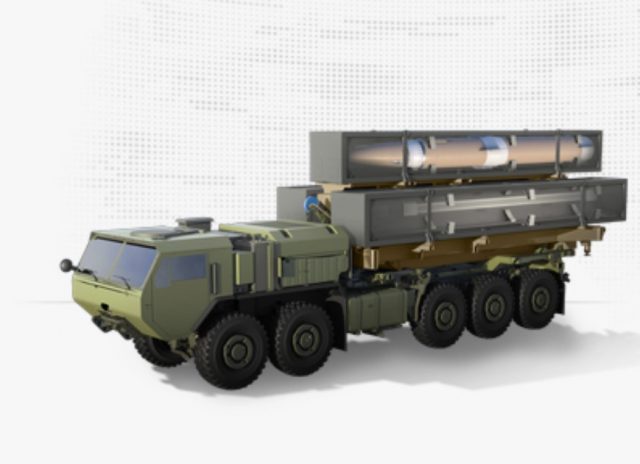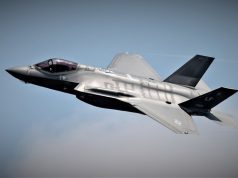Lockheed Martin is bringing in more companies to advance work with the US Defense Advanced Research Projects Agency (DARPA) on the development hypersonic technologies of its Operational Fires (OpFires) program.
The company announced on Thursday it has selected Northrop Grumman, Dynetics, and Electronic Concepts & Engineering, Inc (ECE) for the initial round of key subcontractors on the program.
Specifically, Northrop Grumman will develop the stage one solid rocket motor, Dynetics will deliver the cannister, all up round and fins, and support integration and test, while ECE, a small business based in Ohio, will provide the booster power pyro module.
OpFires seeks to develop and demonstrate an innovative ground-launched system to enable a hypersonic boost glide missile system to penetrate modern enemy air defenses and rapidly engage time-sensitive targets. The objective of delivering an intermediate-range surface-to-surface missile is in line with the US defense department’s push to field hypersonic platforms.
The company announcement comes several months after DARPA kicked off the third phase of the program in March this year, with Lockheed leading the integration effort. This phase will focus on first stage booster design and maturation, launcher development, and vehicle integration.
Phase 1 and 2 performers Aerojet Rocketdyne, Exquadrum, and Sierra Nevada Corporation continue work towards throttle-able upper stage rocket motors suitable for tactical transport, storage, and engagement.
“The engineering innovation required to deliver this maneuverable and rapid-response solution demands a best-of-industry team,” said Steven Botwinik, director of Tactical and Strike Missiles Advanced Programs. “OpFires and its unique throttleable booster make it a versatile platform to launch a variety of payloads over varied ranges and for this reason, OpFires is well-suited to address the Army’s Medium Range Strategic Fires needs.”
The award for Phase 3 of the OpFires program will take the design from the initial requirements development through the critical design review (CDR) in late 2021. Integrated flight testing is scheduled to begin in 2022, with component and subsystem tests expected in 2021.



























